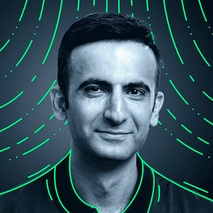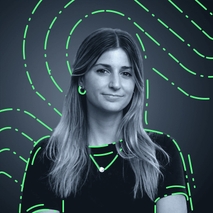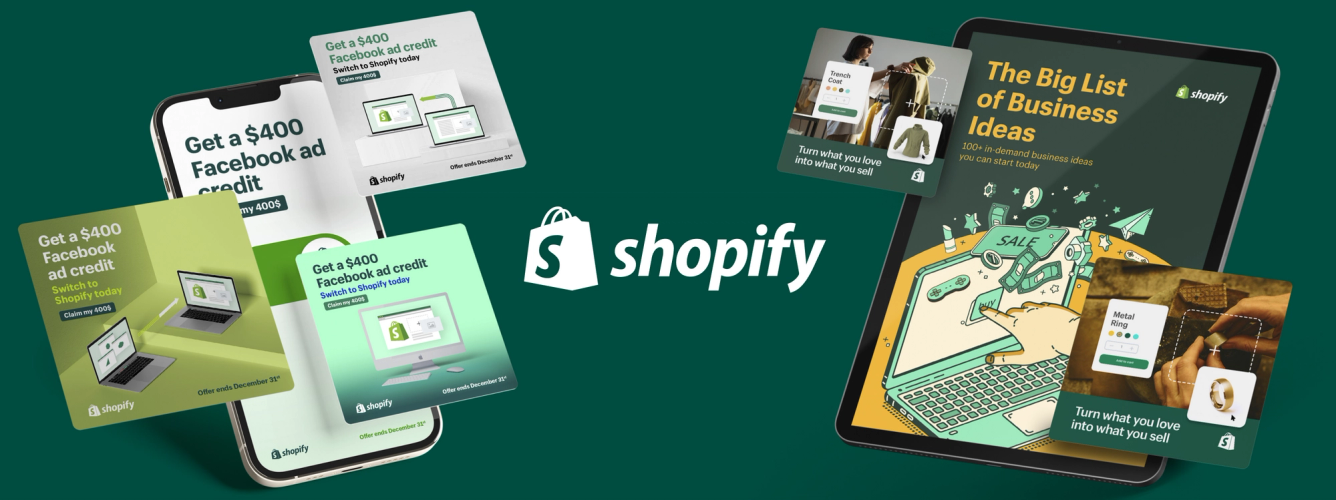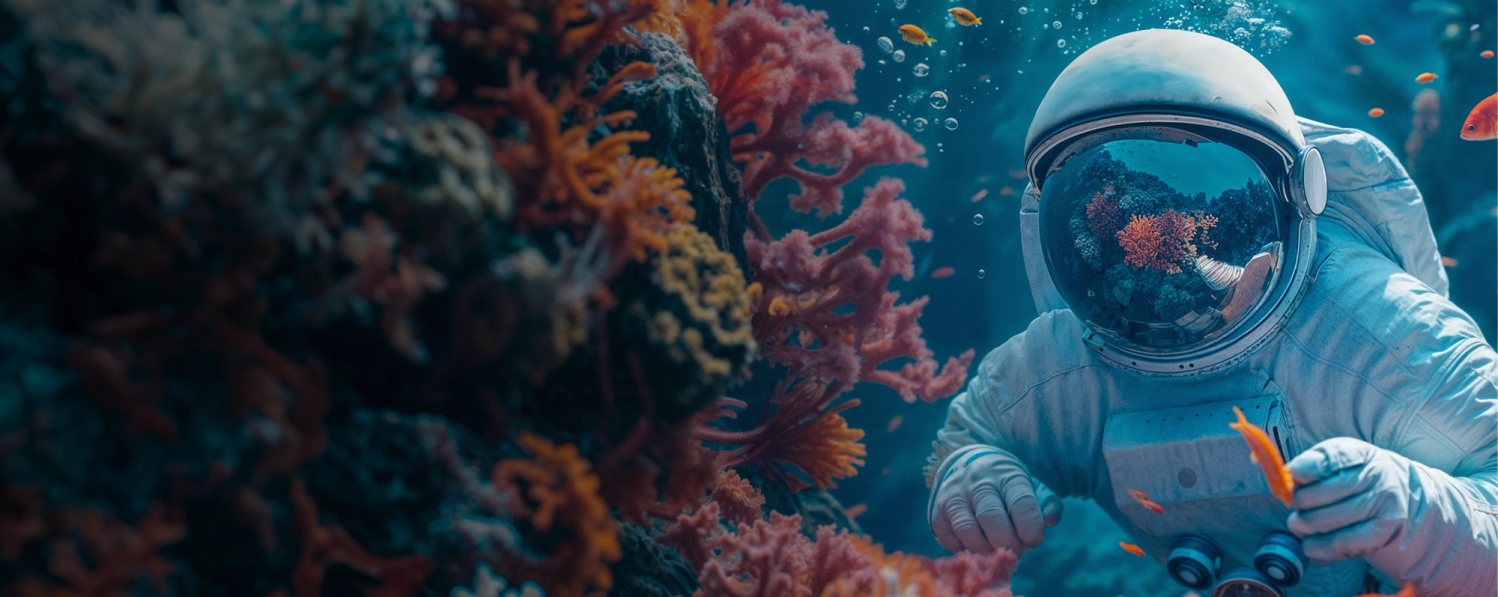Background
A Culture of Resilience Breeds Growth
The first Shopify store sold snowboards. Tobias Lütke, a programmer from a small town in Germany, couldn’t find the software to power his online store, so he wrote his own.
That was in 2004. Fast forward to 2022 and Shopify powered over 1.5 million online and in-store merchants in 175 countries worldwide. With over 7,000 employees, the company was on a mission to “make commerce better for everyone”—including small businesses, global eCommerce brands and the millions who shoped with them daily.
In 2017, Shopify had 1 million merchants. In 2021, they reported a cumulative gross merchandise volume (GMV) of $400 billion—double what they reported 16 months earlier.
The secret? The culture of tinkering and experimentation ingrained in its employees encourages trial and learning.
CHALLENGE
Finding Better Solutions to Support Growth
Typically, rapid growth means hiring more talent to build more teams to provide more support to ship more ambitious ideas.
But Shopify’s growth wasn’t typical.
It wasn’t just more merchants. Shopify was offering more services, expanding into more countries and launching more products. All of that added up to more complexity.
With so many moving parts, from producing educational content for entrepreneurs to experimenting with new marketing channels and launching new features, their in-house designers always had their hands full.
Amir Jaffari, Shopify's Growth Workshop Leader, had been with the company for five years and witnessed different stages of its growth. He also wondered how he could preserve the culture of experimentation as the company grew in complexity.
So Jaffari proposed an experiment of his own and started “workshopping” the idea.
A strategic team, including Dana Pizzolato, a growth manager with six years of experience, helped Jaffari realize his vision.
The idea behind the Growth Workshop was to have a multidisciplinary team of people embedded across various teams to discover new ideas and identify and prioritize high-growth opportunities.

Actioning Ideas by Adding Creative Capacity
For creative teams, the problem isn't the quantity of ideas, it's having the bandwidth to action the best ones. As part of the Growth Workshop's mandate, Jaffari wanted to be:
- On all channels. Facebook, YouTube, TikTok and more—this meant native versions of ads for each platform.
- In multiple countries. Hello, localization and more versioning.
- Forever testing. The secret sauce of performance marketing, every incremental gain in campaign success is made through non-stop testing and experimentation.
Simply put, the math looks like this:
1 concept x 25 sizes x 7 languages x 25 variations = 4,375 assets
That's a lot of creative assets to produce and little room for Shopify’s in-house designers to flex their creativity. It's also why Jaffari turned to Superside to keep the creative pipelines flowing.
It was more organized than using freelancers where we had to onboard each individual every time. With Superside, we got a project manager who helped communicate our brand to all the designers. It's like our own external agency composed of multiple freelancers with the project manager bridging us together.

SOLUTION
A Partner With Fast Turnarounds and Fresh Perspectives
Superside provided Jaffari and his growth team with easy onboarding and a simple messaging platform to quickly submit briefs and have designs within 24 hours.
It also meant he didn't have to hire a bunch of new designers. Instead, he scaled creative production by plugging into a subscription model that gave him access to an always-on, network of top talent.
Shopify Ads
A dedicated creative project management team also ensured that each project complied with Shopify's brand standards. Through this solid relationship and optimized workflows, projects became more and more turnkey—but without becoming too cookie-cutter.
Every time we put a project on Superside’s platform, multiple designers work on it, each with their own style and take on things. This provides the fresh perspectives we need to continually experiment and explore new ideas.

Results
Breaking Through Bottlenecks and Unlocking Growth Opportunities
Like water and sunlight, Shopify's partnership with Superside became the mechanism that helped the Growth Workshop live up to its name.
Multiple Shopify teams use Superside to create social media ads, banner ads, landing pages and more.
Working with Superside lets Shopify frequently and incrementally experiment with different channels and strategies to determine the best optimizations and see which experiments work and which fail.
With Superside, they can take riskier bets. “The cost of failure is much cheaper now,” says Jaffari, “We can do a lot of experiments because we get assets quickly without spending too much of our own time on it.”
In the video below, Jaffari outlined his methodology for constant experimentation.









